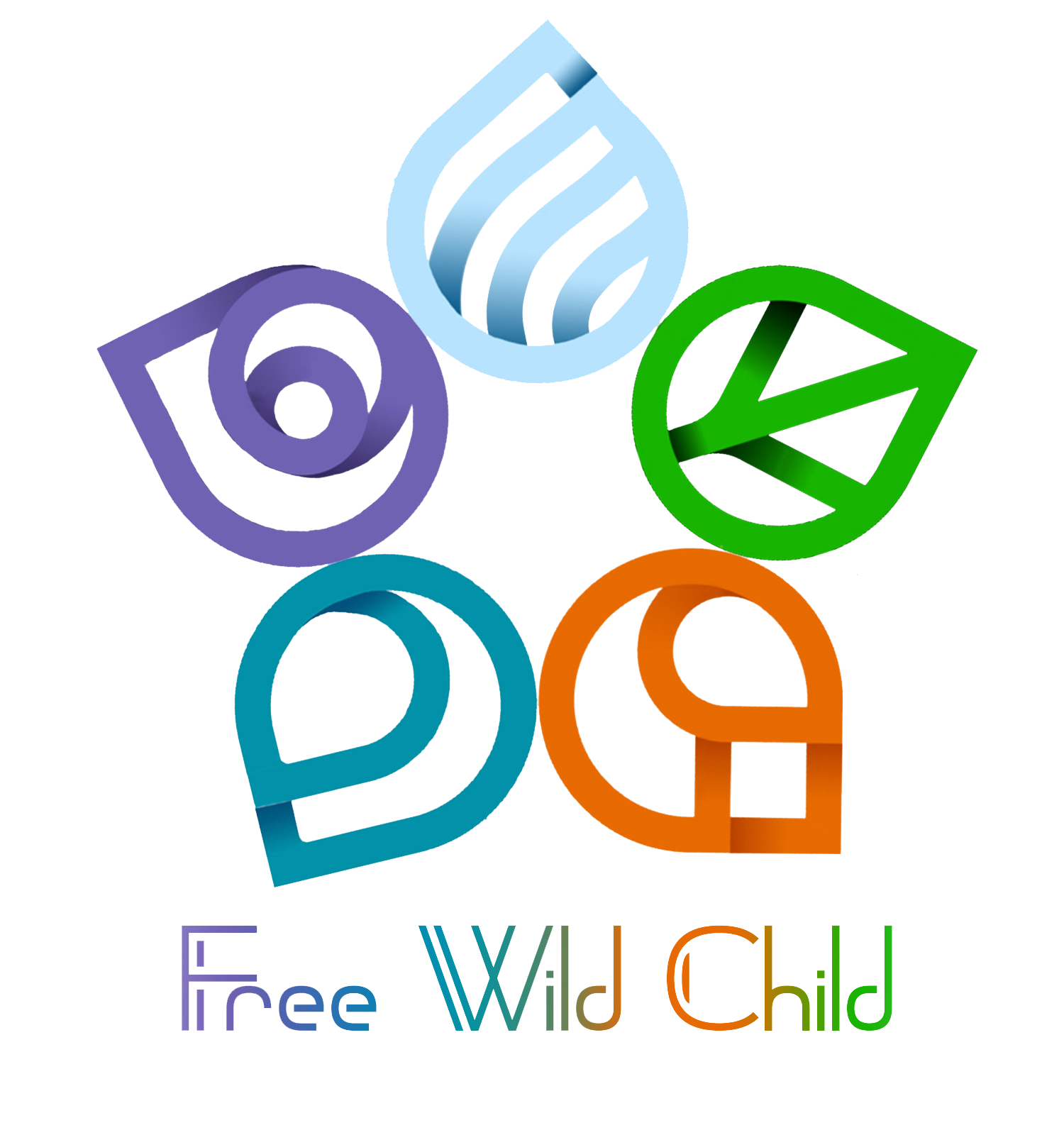Trust in Surrender: Finding Stability Amid Change
Recently, I faced a decision that deeply tested my understanding of surrender: letting go of a 20-year relationship that had been a cornerstone of my life. It wasn’t a decision made lightly or in anger. It was one rooted in the clarity of my ethical boundaries—what I believe to be my moral compass. Yet, even as I made the choice, a lingering question remained: Was this surrender to a higher truth? Or was it my attachment to principles that no longer served me?
In yoga philosophy, the concept of Ishvara Pranidhana asks us to surrender to the divine will, to trust in a power beyond our individual ego. At its core, surrender is about releasing our grip on control and trusting the process of life. Yet, this surrender does not mean passivity or abandoning our values. For me, letting go was not just an act of trust; it was also a commitment to Satya (truth), Ahimsa (non-violence), and Dharma (righteous living). My decision, though painful, reflected a deep alignment with these principles.
Standing among the fallen autumn leaves during a yoga practice, I found myself contemplating this balance. The trees, shedding their golden and crimson leaves, embody Aparigraha—the principle of non-attachment. They let go without clinging, trusting in the cyclical nature of seasons. This simple, natural act mirrored my own process of release. In my pose, I grounded myself firmly, finding strength and stability in the earth, while opening my body in surrender, a quiet symbol of trust in what is yet to come.
The Bhagavad Gita also speaks to this delicate dance between action and surrender. Arjuna, in the midst of the battlefield, is guided by Krishna to act without attachment to the fruits of his labor. His duty (Dharma) lies not in controlling the outcome but in aligning his actions with his higher self and universal principles. Similarly, Ishvara Pranidhana calls us to show up with integrity and trust the results to a higher power.
In my own life, this trust is both liberating and humbling. It’s liberating to let go of what I cannot control, yet humbling to accept that even my principles—my truths—are not immune to scrutiny. Was my insistence on ethical boundaries a reflection of attachment? Or was it an act of alignment with my Dharma? Perhaps the answer lies in the stillness that comes after surrender, when the ego’s grip loosens, and we can hear the whisper of a deeper truth.
This autumn, as I stood on that mat amidst the vibrant leaves, I found myself reflecting on the paradoxes of surrender. Like the trees shedding their leaves, I too let go of something precious, trusting that it was necessary for growth. Like the pose, I held both strength and surrender, a reminder that stability and openness are not opposing forces but complementary. This surrender, rooted in trust, is not an end but an unfolding.
Surrender is not about abandoning what we hold dear. It’s about discerning when to hold on and when to release, trusting that in both, we are being held by something far greater than ourselves.
اعتماد به رها کردن: یافتن ثبات در میان تغییرات
به تازگی تصمیمی گرفتم که درک من از مفهوم رها کردن را عمیقاً به چالش کشید: خداحافظی با رابطهای ۲۰ ساله که بخش مهمی از زندگی من بود. این تصمیم از روی خشم یا بیفکری گرفته نشد، بلکه بر پایه مرزهای اخلاقی و قطبنمای اخلاقی من بود. با این حال، حتی بعد از این انتخاب، سؤالی توی ذهنم باقی ماند: آیا این رها کردن به سمت حقیقت بالاتری بود؟ یا دلبستگی من به اصولی که دیگر به کار نمیآمدند؟
در فلسفه یوگا، "ایشوارا پرانیدانا" از ما میخواهد که خود را به اراده الهی بسپاریم و به قدرتی فراتر از نفس فردیمان اعتماد کنیم. در اصل، رها کردن یعنی کنار گذاشتن کنترل و اعتماد به جریان زندگی. اما این رهایی به معنای انفعال یا دست کشیدن از ارزشهایمان نیست. برای من، این خداحافظی نه تنها عملی از روی اعتماد بود، بلکه تعهدی به ساتیا (حقیقت)، آهیمسا (عدم خشونت) و دارما (زندگی درست) نیز بود. تصمیم من، هرچند دردناک، بازتابی از هماهنگی عمیق با این اصول بود.
ایستادن در میان برگهای پاییزی در طول یکی از تمرینهای یوگا، من را به تعمق در این تعادل واداشت. درختانی که برگهای طلایی و سرخ خود را میریزند، اصل "آپاریگرها" را به تصویر میکشند—اصل بیدلبستگی. آنها بدون چنگ زدن، رها میکنند و به چرخه طبیعت اعتماد دارند. این عمل ساده و طبیعی، بازتابی از فرایند رها کردن من بود. توی یک آسانا، بدنم را محکم روی زمین استوار کردم و در عین حال خودم را برای رهایی باز کردم، نمادی آرام از اعتماد به آنچه که قرار است بیاید.
در بهاگاواد گیتا هم به این تعادل ظریف بین عمل و رهایی اشاره شده است. آرجونا، در میانهی میدان نبرد، از کریشنا کمک میگیرد تا بدون چشمداشت و دلبستگی به نتایج کارش عمل کند. وظیفه او (دارما) نه در کنترل نتیجه، بلکه در هماهنگی اعمالش با خود برتر و اصول جهانی است. به همین ترتیب، ایشوارا پرانیدانا ما را فرامیخواند که با صداقت عمل کنیم و نتایج را به قدرتی برتر واگذار کنیم.
در زندگی من، این اعتماد هم آزادکننده است و هم فروتنانه. آزادکننده است که آنچه را که نمیتوانم کنترل کنم رها کنم، و فروتنانه است که بپذیرم حتی اصول من—حقیقتهای من—از بررسی و بازبینی مستثنی نیستند. آیا پافشاری من بر مرزهای اخلاقی انعکاسی از دلبستگی بود؟ یا عملی در جهت هماهنگی با دارما؟ شاید پاسخ در سکونی باشد که پس از رهایی میآید، جایی که نَفْس کمرنگ میشود و میتوانیم زمزمه حقیقتی عمیقتر را بشنویم.
این پاییز، وقتی که وسط برگهای رنگارنگ روی مت ایستاده بودم، خودم را در حال فکرکردن درباره تناقضات رها کردن و تسلیم شدن دیدم. مثل درختانی که برگهایشان را میریزند، من هم چیزی ارزشمند را رها کردم، با اعتماد به این باور که برای رشد ضروری است. مانند همان آسانا، هم قدرت و هم رهایی را در کنار هم نگه داشتم، یادآوری که ''ثبات و پایداری'' و گشادهفکری و پذیرندگی'' نیروهای مخالف نیستند، بلکه مکمل یکدیگرند. این رها کردن، که در اعتماد ریشه دارد، نه یک پایان بلکه یک شکوفایی است.
در رهایی، میفهمیم که سکوت حرفهای زیادی برای گفتن دارد، و ما را به خودمان و جایگاهمان در جریان بزرگتر زندگی هدایت میکند.
رهایی به معنای دست کشیدن از آنچه عزیز است، نیست. بلکه درباره تمیز دادن زمان نگه داشتن و زمان رها کردن است، با این اعتماد که در هر دو حالت، چیزی بسیار بزرگتر از خودمان ما را در آغوش میگیرد.

